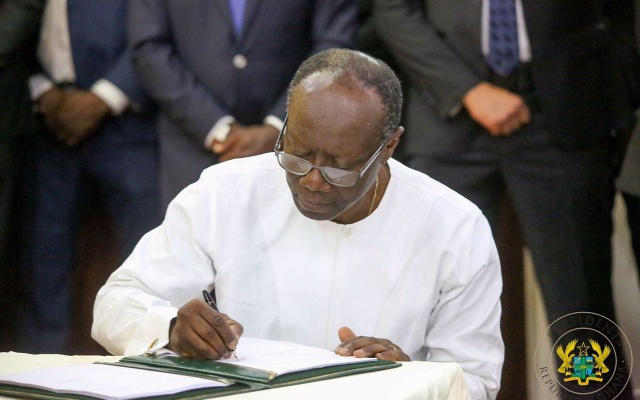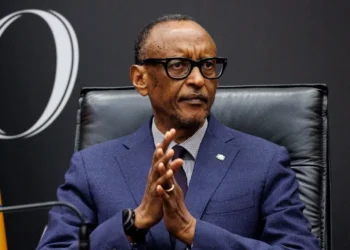The government’s new revenue measures (taxes) outlined in the 2021 budget has accrued a total of GHS 249.7 million, albeit, falls short of the projected revenue of GHS358.1 million between May and June 2021.
Given their potential in raising immediate revenues for financing government’s expenditures and other liabilities, this revenue measures have hugely underperformed, indicating a 30 per cent gap left to cover projected revenue.
This resultant effect, is partly explained by the additional strain on households and businesses and the continued impact of the COVID-19 pandemic on the economy. And with the current delta variant of the COVID-19 virus raising its ugly head, economic activities may be affected in the near term.
However, the Minister of Finance, Mr. Ken Ofori-Atta, noting the underperformance of the new revenue measures indicated that, “… although the performances of these new revenue initiatives are also below their respective targets, the gradual pickup in economic activity, complemented by other strategies being deployed by the Ghana Revenue Authority, will ensure that the programmed revenue targets will materialise by the year-end.”
Against public sentiments and experts’ position on a possible review of these new revenue measures prior to the mid-year budget review presentation, the Minister however stayed these revenue measures highlighting their continuity for the rest of the year.
Performance of other revenue measures
Meanwhile, since their implementation in May 2021, public sentiments have generally been against their imposition (namely the Pollution and Health Levy, Delta Fund Levy, COVID-19 Health Levy and financial sector clean-up levy).
This is as a result of the accompanied increase in fuel prices, food prices, and goods and services, however, the rate of inflation for the past few months have remained relatively low, primarily due to base effects from the previous year, which are likely to wane in the coming months.
Furthermore, in the mid-year budget statement, other revenues comprising SSNIT transfers to NHIL, ESLA, Delta Fund, and the Pollution and Sanitation Levy amounted to GHS1.25 billion.
More broadly, non-oil tax revenue which consists of non-oil taxes on income and property, taxes on goods and services, and international trade taxes constituted 78 per cent of total revenue and grants. This amounts to GHS22.1 billion (5.1% of GDP) against a target of GHS24.38 billion (5.6% of GDP).
Non-tax revenue (excluding petroleum receipts) comprising MDAs’ Internally Generated Funds (IGF) from the sale of goods and services and Dividends from SOEs amounted to GH¢2.61 billion (0.6% of GDP) and fell below the period target by GH¢530 million.
Also, petroleum receipts from upstream oil and gas activities were above target by 4.9 percent, amounting to GH¢1.9 billion from four scheduled oil liftings which yielded 3.84 million barrels of crude oil.
Speaking on the shortfall from non-oil tax revenue, the Minister of Finance attributed this partly to the negative impact of the COVID-19 pandemic on economic activities.
“The non-tax revenue shortfall is partly explained by the scarring effects of the COVID-19 Pandemic on business operations, which continue to affect recruitments, salary adjustments, product sales, and corporate profits.
“This effect is largely observed in the shortfalls in Personal, Self Employed, Corporate and Excise taxes. Secondly, Import Duties and Levies were lower than programmed mainly due to lower than programmed CIF value of non-oil imports.”
Ken Ofori-Atta, Minister of Finance
READ ALSO: Gov’t reiterates commitment to increasing tax-to-GDP ratio to 20%




















